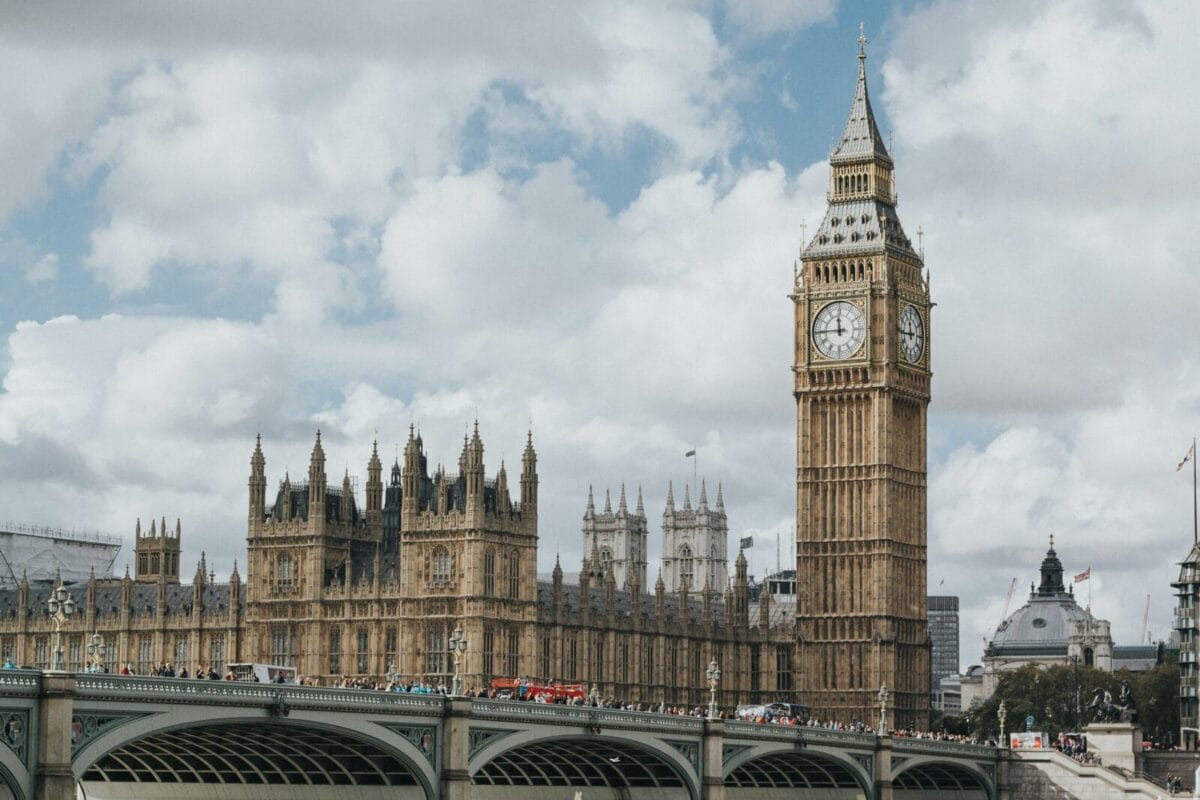Rates are widely expected to be cut in May, and markets are also pricing in around three more cuts for the rest of 2025. With this in mind, Susannah Streeter of Hargreaves Lansdown has commented.
Susannah Streeter, head of money and markets, Hargreaves Lansdown:
“The turmoil Trump has unleashed on the world has increased the odds of a May interest rate cut dramatically. Financial markets are currently pricing in a 95% chance of a reduction on the 8th, whereas before Liberation Day it was looking more like 50/50. Growth forecasts have been slashed for the UK, and policymakers look set to be ready with bandages to stop a further seeping away of activity. Lower borrowing costs may help increase business and consumer confidence and encourage more investment and spending.
The UK initially looked like it had got off more lightly in the tariff wars, but 10% blanket tariffs on UK exports to the US will hurt. Car makers and steel producers are facing more onerous hikes, and the country is so interlinked with the rest of the world that the expected global downturn will pile on extra pain. Although inflation is still significantly above target, deflationary forces are expected to move in. Producers from across Asia, particularly China, may find that the tariffs will essentially close off the US market, and they’re likely to push an excess of cheaper goods to other markets, including the UK. So a flagging economy rather than stubborn inflation is more of a bugbear to beat right now. ‘’
What it would mean for saving
Mark Hicks, head of Active Savings, Hargreaves Lansdown:
“As competition heated up over tax year end, the savings deals on offer remained relatively elevated, particularly in the easy access cash ISA market. But now that the market is expecting a rate cut in May, and more later in the year, we’re seeing those rates start to drop. We can expect this trend to continue.
Easy access rates are much more sensitive to base rate falls, so while fixed terms may not have quite the same headline rate, as easy access deals get less generous, the gap is closing. It means anyone who has money they don’t need for a fixed period of a few months or longer should consider tying it up for a better rate. Given that markets now expect roughly three more rate cuts for the remainder of the year, fixed rate deals above 4.5% may not be around for much longer.”
What it would mean for annuities
Helen Morrissey, head of retirement analysis, Hargreaves Lansdown:
“Annuities have enjoyed a huge revival in recent years, off the back of increased interest rates. The prospect of cuts on the horizon means that we may well see incomes start to fall back. However, it’s fair to say that this isn’t a given and we are a long way away from the mega low interest rates that we had in recent years.
This means that annuities will continue to offer good value, so you shouldn’t feel pushed into taking the plunge before you need to. You also don’t have to lock all your pension into an annuity at once. Instead, you can annuitise in stages, so you can leave the remainder of your pension invested, where it has the opportunity to grow. You can then lock into higher annuity rates as you age and potentially secure an even higher income through an enhanced annuity.”
What it would mean for mortgages
Sarah Coles, head of personal finance, Hargreaves Lansdown:
“Mortgage rates below 4% are spreading, as the market is pricing in a first cut in May, and then more cuts as we go through 2025. The average two-year fix is now 5.22%, down from 5.32% at the start of the month. It’s impossible to predict the future with complete accuracy, because another seismic shift from the US could force a reappraisal of the likely impact on the world economy, and therefore the likely path of rates. However, all other things being equal, we can expect mortgage rates to continue to move gradually lower.
Unfortunately, for those remortgaging from back when rates were much lower, there’s still some pain to come. The HL Savings & Resilience Barometer shows that those who have remortgaged since the end of 2022, spend an average of £157 more a month on their mortgage payments than those who haven’t refinanced yet. So while a drop in rates is welcome, borrowers aren’t out of the woods just yet.”















